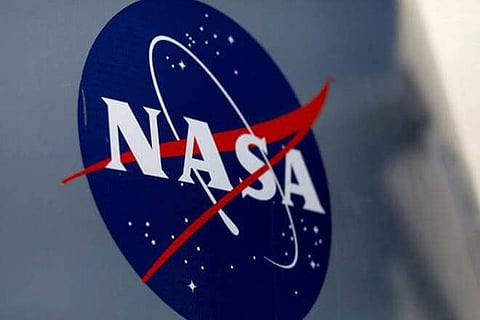
- Home
- Live Blog
- Breaking News
- Top Headlines
- Cities
- NE News
- Sentinel Media
- Sports
- Education
- Jobs

Washington: NASA’s MAVEN spacecraft released a selfie image of the spacecraft at Mars, celebrating its four years in orbit studying the upper atmosphere of the Red Planet. MAVEN’S selfie image looks at ultraviolet wavelengths of sunlight reflected off of components of the spacecraft.
The image was obtained with the Imaging Ultraviolet Spectrograph (IUVS) instrument that normally looks at ultraviolet emissions from the Martian upper atmosphere, the US space agency said in a statement. “MAVEN has been a tremendous success,” said Bruce Jakosky, MAVEN principal investigator from the University of Colorado, Boulder. “The spacecraft and instruments continue to operate as planned, and we’re looking forward to further exploration of the Martian upper atmosphere and its influence on climate,” Jakosky added.
The IUVS instrument is mounted on a platform at the end of a 1.2-m boom (its own “selfie stick”), and by rotating around the boom can look back at the spacecraft. The selfie was made from 21 different images, obtained with the IUVS in different orientations, that have been stitched together. In the selfie image, lines are sketched in to show approximately where components of the spacecraft are that were not able to be imaged due to the limited motion of the instrument around its support boom.
Thrusters can be seen at the lower left and right, the Electra communications antenna at the bottom toward the left, the magnetometer and sun sensor at the end of the solar-panels at the upper left, the tip of the communications antenna at the top middle. In addition, the shadow of the IUVS and of its support boom can be seen down the middle of the spacecraft body.
MAVEN mission was launched on November 18, 2013, and went into orbit around Mars on September 21, 2014. Currently, the spacecraft carries out about one relay pass per week with one of the rovers. This number will increase after NASA’s InSight mission lands on Mars in November, NASA said. (IANS)